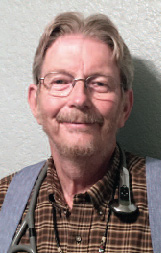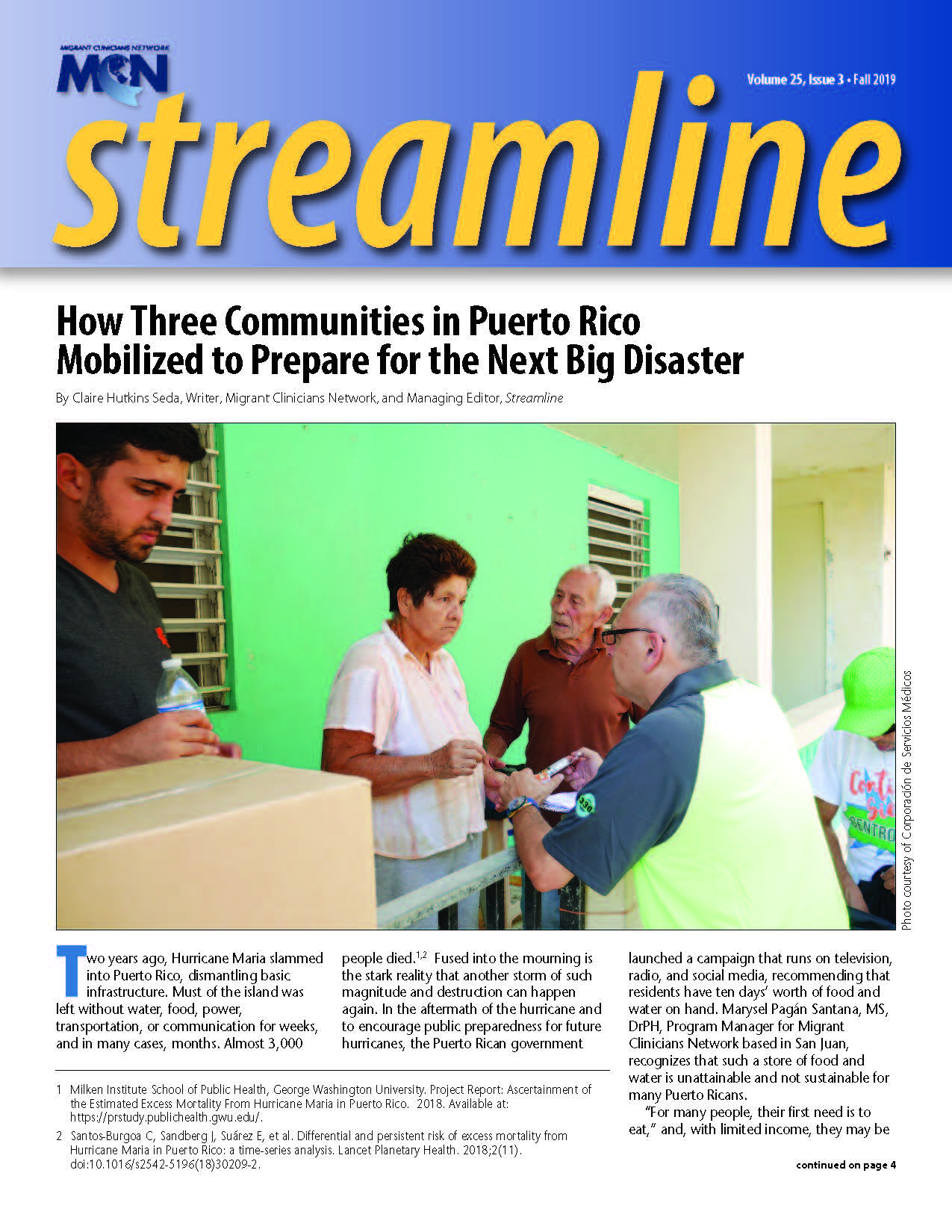
[Editor’s note: Stress is a daily part of a clinician’s life. Many clinicians work through some of the tough issues they encounter in the clinics in a creative way. Here, Tom Himelick, PA-C, MMSc from New Mexico shares his poem. If you’d like to contribute a poem, short personal essay, or story about your work, please share it with us. Email Claire Hutkins Seda, managing editor, at chutkins-seda@migrantclinician.org.]
He thought it was Science
He thought it was Science.
Cells, lots of chemistry, a merciful taste of physics.
Dutifully, he memorized, suffered exams
auscultated lungs, thumped abdomens
dull note versus tympani
If this, then that
reflexively his mind jumped from A to B
it was all logical it was all science
The white coat gave him answers,
the power to heal, yet
not always.
He cured those needing no cure, but could not save those reaching for a hand
their lives measured out in refills, finally without renewal.
He had not learned to separate pain from Pain, sick from Sick.
Gradually he began to understand.
He had assumed Death was the foe
vanquished by fourth generation antibiotics, antiretrovirals,
bypasses and the hiss and tick of machines.
Yet sometimes Death won.
With no cure, he had not learned to ask
What do you want?
What do you hope for?
For the most part he kept moving
and so did his patients.
Hearts did not fail, lungs crackled, but filled again,
and again,
and again.
Viruses without cure were held quiescent, hidden.
Lives virtually normal where 20 years ago most died.
Yet other patients faced Darkness and understood.
They said, It’s bad, isn’t it?
They saw the end.
Then he knew too much yet too little.
The dream of a key just out of his reach came back, again, and again.
Where was the Science, the Miracle?
The dragon slain by heroics?
Strangers suffered and he could not save them.
Even family were beyond his reach and misery won again.
He thought it was Science
and learned otherwise.
Yet again he rose
the stethoscope around his neck
to dance awkwardly
to search for words
to share the pain
to share the illness
and to share a hand on the shoulder when nothing else will help.
Health Network and PRAPARE
In 2016, just as PRAPARE was set to launch, Migrant Clinicians Network was beginning to develop its new database to better serve patients enrolled in Health Network, MCN’s bridge case management program. Over the course of the following year, MCN configured the new database to allow for the integration of PRAPARE data, in which one health center’s PRAPARE data can be transferred to the next health center, as a mobile patient moves.
“When we started thinking about that data and [Health Network] case management work, so much of case management isn’t just ‘are you taking your medication every day?’ It’s more about, ‘How can I help you access care and manage your health in general?’” explained Anna Gard, RN, who assisted MCN in the development of the new database. “One piece of this is: ‘Let me help you find a health center.’ But the larger pieces around effective case management are, ‘How are you going to get there? Is there public transportation? How are you going to pick up your medications if you live in a hostile community and you’re afraid of leaving the house?’ PRAPARE gives a structured format to capture [these] data, in a form that’s been tested and validated.”
As more health centers provide case management and chronic care management to address the social determinants of health, Gard noted, integration of the PRAPARE data with Health Network, a virtual case management, seemed to make sense. Now, the Health Network team is working to fit PRAPARE into their own workflow.
Saul Delgado, Health Network Data Specialist, who has been integral in building and launching Health Network’s new case management system, notes that asking such personal questions over the phone, when a patient doesn’t have transferrable PRAPARE data from a previous health center, can be challenging. “When we call, the patient doesn’t know you. They’re very scared to answer these kinds of personal questions, whereas when you go the clinic, you at least see the nurse or case worker face-to-face,” he explained. But he recognizes the utility of the data, and has developed the PRAPARE data screens within the database to be easily accessed from the main patient information screen. With drop-down menus, Health Network Associates can populate the information they hear from patients, like how many people live with them in their household, or if they’re worried about losing their home. The information, either attained from a previous health center or inputted by a Health Network Associate, will be transferred when the mobile patient gets to his or her next destination, just as the basic medical records do.
“Health centers are doing more to integrate social and behavioral determinants of health, and we’re recognizing that all of those things have to be integrated with care management. So we’re on the forefront,” Gard concluded.

Read this article in the Fall 2019 issue of Streamline here!
Sign up for our eNewsletter to receive bimonthly news from MCN, including announcements of the next Streamline.

